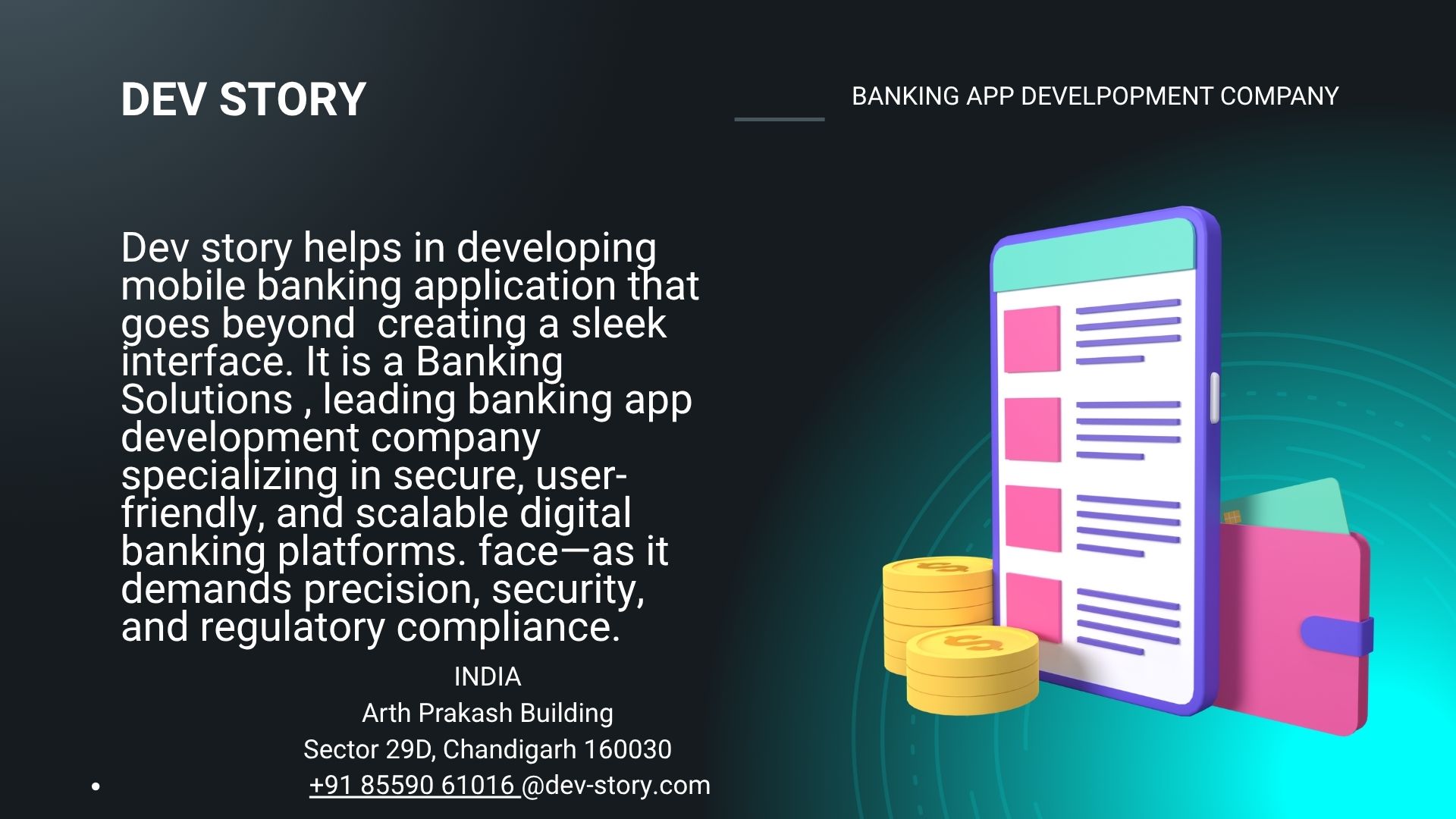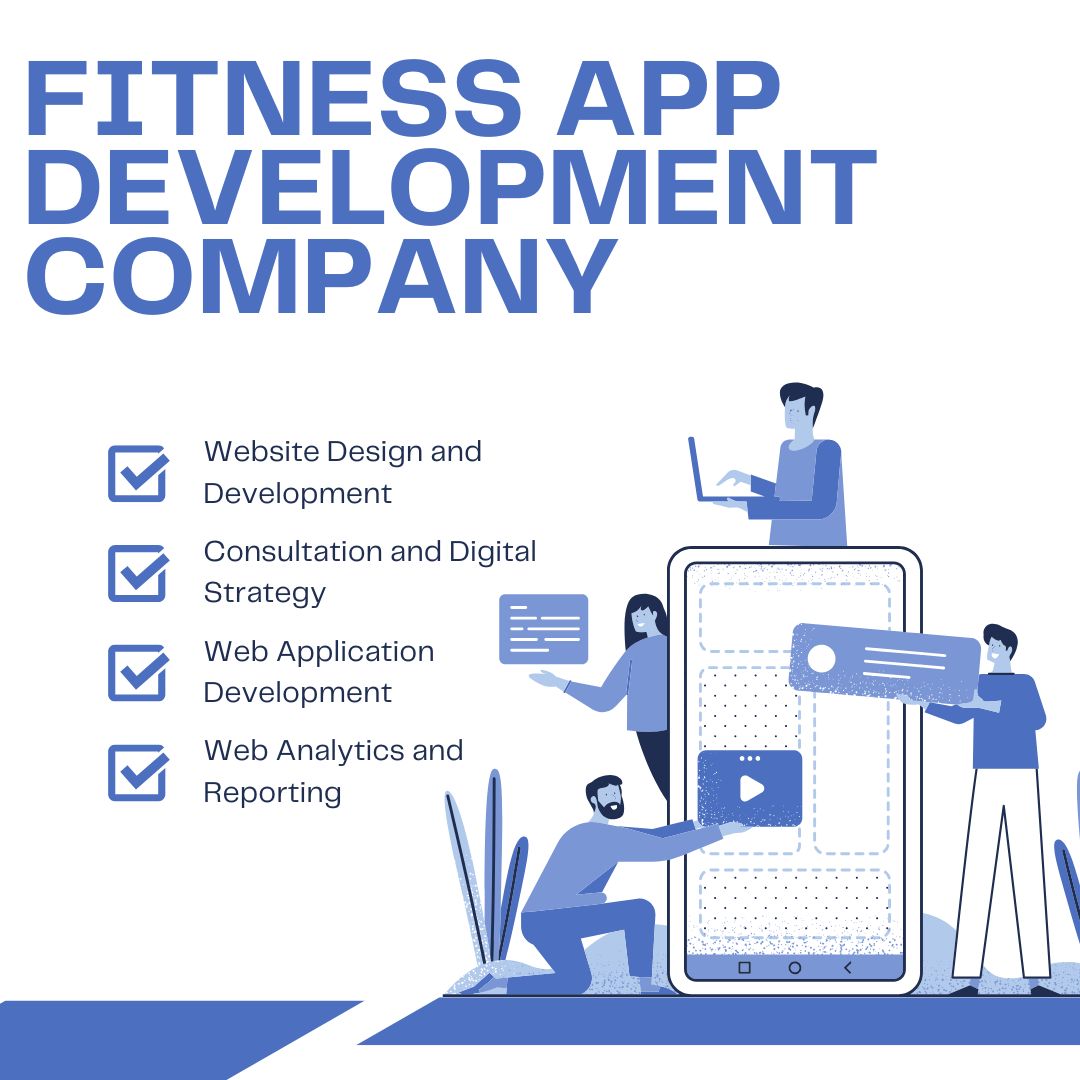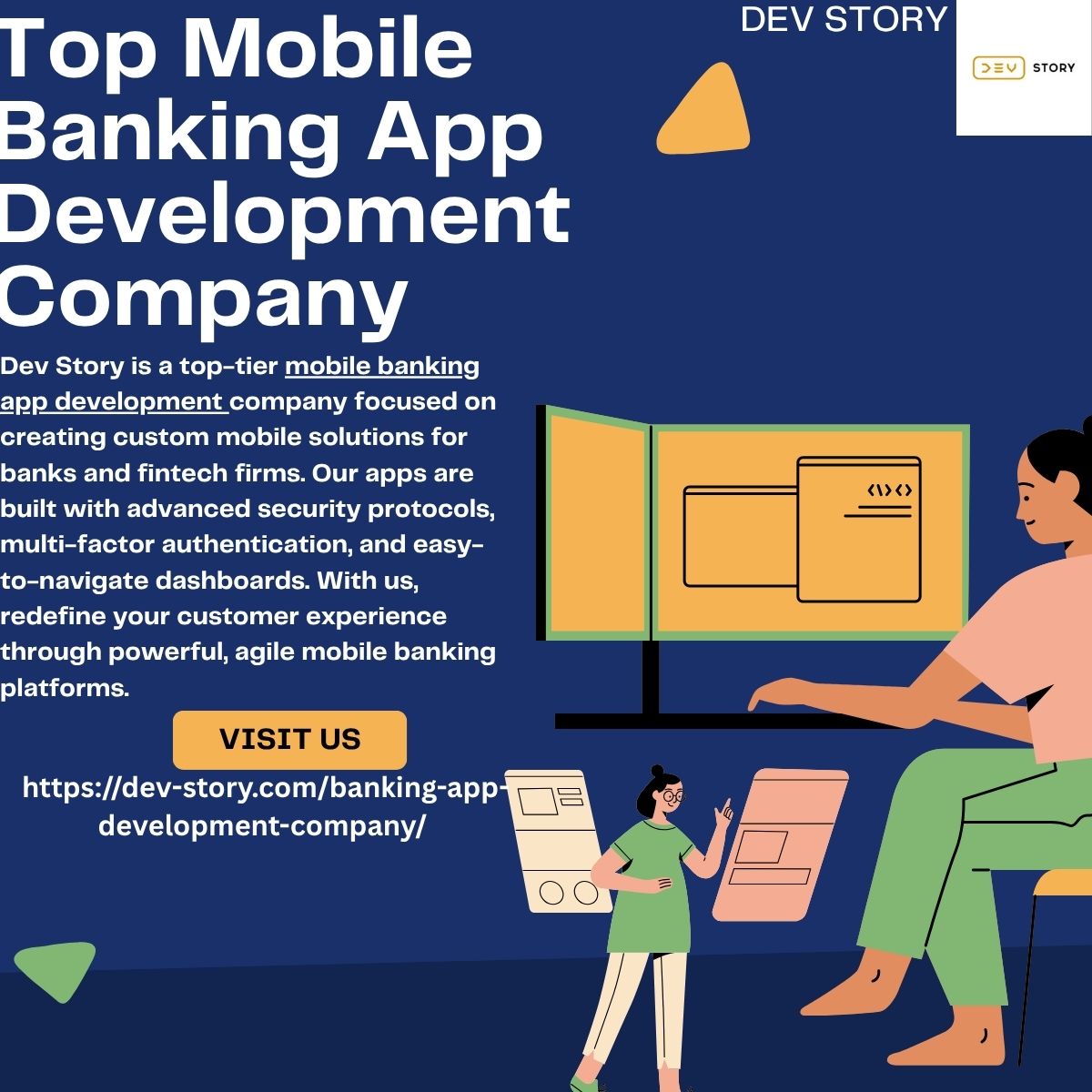How Mobile Banking is Redefining the Financial Landscape

The banking industry is changing significantly as technology, speed, and convenience change how services are provided. Modern technologies that provide access at any time and from any location are gradually replacing traditional techniques. Consumers, whether they are individuals or companies, now anticipate being able to easily handle their funds from their phones.
Due to this increasing demand, banks, fintech startups, and even businesses outside the financial industry that want to include banking functionality into their platforms have made developing mobile banking apps a top priority.
For organizations planning to build a banking app or explore mobile banking application development, the opportunity is significant but so are the challenges. Whether you are an established financial institution or an emerging business aiming to offer smart financial services, understanding the right approach to mobile banking development is crucial.
The Emergence of Mobile Banking as a Crucial Business Need
Mobile banking has evolved from a specialized service to a primary banking channel within the last ten years. This shift has implications for businesses beyond convenience. It is now a crucial edge over competitors. Consumers anticipate seamless and intuitive mobile interfaces that allow them to access their accounts while on the go, make rapid financial transfers, deposit checks via mobile devices, receive personalized alerts, and even follow their investments.
Banks who don't offer this risk losing market share, while non-banking companies miss out on the chance to include financial services into their platforms. As a result, the need to develop mobile applications for business banking is now strategic rather than optional.
Why Businesses Need Mobile Banking Apps
Whether you're a traditional bank, a fintech startup, or a large corporation managing vast cash flows, a mobile banking app offers distinct advantages:
Customer Engagement: With mobile apps, businesses can engage users 24/7. Push notifications, in-app support, and custom financial tools keep users coming back.
Operational Efficiency: Automating transactions, statements, approvals, and analytics reduces human error and enhances internal efficiency.
Revenue Opportunities: Mobile platforms open up monetization via premium features, cross-selling, or integrating with marketplaces.
Data Insights: Banking apps provide a goldmine of real-time data, which can be used to personalize offerings and predict user behavior.
For these reasons, many organizations are actively seeking mobile banking app development services to meet rising expectations and streamline financial operations.
Core Features in Mobile Banking App Development
For a mobile banking app to be improved successfully, security, performance, design, and functionality must all be stable. Those core functions are usually taken into account standard when an organization decides to build a banking app:
KYC and User Authentication: Stable onboarding, biometric login, and multi-issue authentication
Account management includes financial transactions, account history, and real-time stability monitoring.
Payment methods include QR codes, UPI, RTGS, NEFT, and wire transfers.
Notifications: Push alerts for payments that are due, transactions, and questionable activity
Financial law compliance, fraud detection algorithms, and encryption are examples of security measures.
Chatbots versus Live Help: The app's AI or human-powered help table
Dashboard for Analytics: For business clients to view predictions, revenue, and spending
Integration: APIs for accounting software, payroll, or third-party services
When working with a mobile banking app development company, businesses need to ensure that those elements are not only practical but also scalable, modular, and in compliance with global regulations such as GDPR, PCI DSS, and PSD2.
Steps to Build a Banking App for Business
If you`re questioning a way to construct a banking app or create a cell app to your enterprise with monetary features, here`s a strategic improvement roadmap:
1. Define Your Objectives
Are you a conventional financial institution upgrading services?
Are you a fintech seeking to release a neo bank?
Do you need to provide embedded finance inside a SaaS product?
This readability shapes each the layout and tech stack of your cell banking software.
2. Choose the Right Development Model
In-residence improvement gives manipulation however calls for sizeable expertise.
Outsourcing to a cell banking software improvement business enterprise gives velocity and cost-efficiency.
The perfect preference relies upon your in-residence capabilities, challenge timeline, and long-time period goals.
3. Select Tech Stack and Architecture
Today`s cell banking apps are cloud-local, API-driven, and powered with the aid of using scalable microservices. Common tech includes:
Frontend: React Native, Flutter, or Swift/Kotlin for local apps
Backend: Node.js, Java Spring Boot, Python Django
Security: OAuth 2.0, tokenization, AI-powered fraud detection
4. UI/UX Design
User interface is critical. A cell banking app should be intuitive, responsive, and designed with accessibility in mind. Users have to have the ability to finish essential duties in some taps.
5. Integration with Banking Systems
This is wherein many apps falter. Mobile banking app improvement should seamlessly connect with center banking systems, CRM tools, analytics platforms, and price processors.
6. Testing & Compliance
Before launching, carry out protection audits, beta testing, and make certain complete compliance with guidelines to your goal markets.
7. Post-Launch Maintenance
No app is in reality whole at release. Continuous updates, patching, and overall performance optimization are key additives of any banking app`s lifecycle.
Choosing the Right Mobile Banking Application Development Company
Not all mobile banking app developers are created equal. A reliable mobile banking application development company brings more than coding skills to the table—they bring industry experience, regulatory understanding, and a robust portfolio.
When evaluating potential partners, businesses should consider:
Domain Expertise: Does the company understand banking workflows, compliance needs, and user expectations?
Security Standards: Have they implemented solutions that meet global security benchmarks?
Scalability: Can the app handle growth in users, features, and transactions?
Customization: Are solutions tailored or cookie-cutter?
Support Services: Will they provide maintenance, upgrades, and 24/7 monitoring?
Companies like Thought Machine, Back base, Mambu, and several boutique mobile banking development firms have built reputations for delivering enterprise-grade financial apps.
Mobile Banking App Development Services: What’s Included
A full-service mobile banking app development service typically includes:
Requirement Analysis: Business and technical needs
Wireframing & Prototyping: Visualizing the interface before development
Custom Development: Backend, frontend, and middleware engineering
Third-Party Integration: Payment gateways, credit scoring, etc.
Security Layering: Biometric, 2FA, data encryption
Compliance Mapping: Built-in regulatory tools
Quality Assurance: Testing for bugs, performance, and security
Deployment & Launch: Publishing on iOS/Android stores
Maintenance & Scaling: Continuous support post-launch
These services are essential for any enterprise planning to enter the mobile banking space competitively.
Industry Use Cases: How Businesses Are Leveraging Mobile Banking
Neo banks: Fintech companies like Chime built fully digital banks, offering checking accounts, cards, and lending—all through mobile apps.
Retailers & Marketplaces: Amazon and Shopify are integrating banking features like cash advances and vendor payments into their platforms.
SaaS Platforms: Tools like QuickBooks now offer bank accounts, payments, and payroll through embedded banking.
Traditional Banks: Legacy players are rebuilding their mobile platforms to match neobank agility.
Each of these reflects the growing demand for mobile banking application development companies that understand complex B2B and B2C needs.
Security and Regulatory Considerations in Mobile Banking Development
Security is non-negotiable in banking apps. A single vulnerability can result in data loss, reputational damage, or regulatory penalties. Businesses should focus on:
End-to-end encryption
Tokenized APIs
Biometric and multi-factor authentication
Real-time fraud detection
Compliance with standards like PCI DSS, SOC 2, and PSD2
Working with seasoned mobile banking app development companies ensures these factors are integrated from day one.
Conclusion
Digital experiences have become a core part of how businesses operate. Developing a mobile banking app is no longer just about offering convenience—it’s a smart move for staying competitive. Whether a financial institution upgrading its services or a company adding financial tools, building a mobile banking app can create new value for customers.
Partnering with the right mobile banking app development company allows you to deliver secure, reliable, and scalable solutions. As the financial landscape continues to shift, those who invest in mobile-first banking are set to lead the way in the digital economy .Personalized recommendations: AI-driven algorithms analyze spending habits to provide tailored financial guidance
Note: IndiBlogHub features both user-submitted and editorial content. We do not verify third-party contributions. Read our Disclaimer and Privacy Policyfor details.







